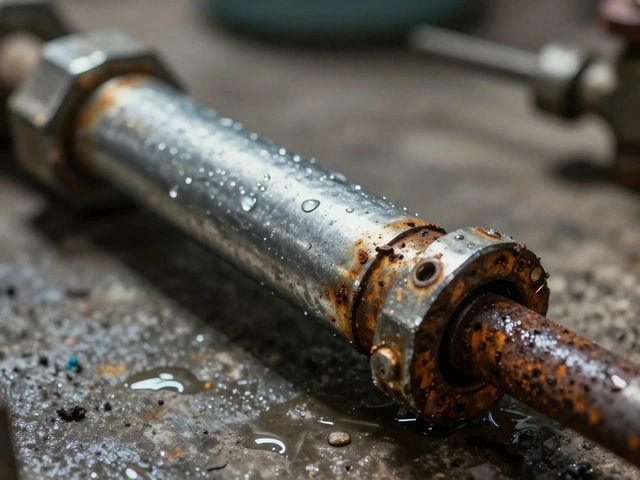Are Ovens Easy to Fix? A Straightforward Guide to Simple Oven Repairs
August 1 2025Heat Pump Not Cooling? What to Do Right Now
If your heat pump is puffing out warm air instead of a nice cool breeze, you’re not alone. Most homeowners hit this snag once a year, and the good news is many fixes are within reach. Before you book a pricey service call, run through these basic steps. They’ll either solve the problem or give you solid info to share with a technician.
Common Reasons Your Heat Pump Won’t Cool
1. Thermostat settings – It sounds dumb, but the thermostat might be set to “heat” or “auto” with a high temperature target. Flip it to “cool” and dial the temperature lower than the current room temp.
2. Dirty air filter – A clogged filter restricts airflow, forcing the unit to overheat and shut down the cooling cycle. Check the filter; if it looks dusty, replace it. Most filters are a $5‑$10 item and take less than a minute.
3. Blocked outdoor unit – Leaves, grass clippings, or snow can cover the condenser coils. Turn off the power, clear a two‑foot radius around the unit, and gently spray the coils with water to remove grime.
4. Low refrigerant charge – If the system has leaked, the pressure drops and the heat pump can’t extract heat. You’ll notice ice forming on the indoor coil or a hissing sound. This isn’t a DIY job; a certified engineer needs to locate the leak, repair it, and recharge the system.
5. Faulty fan motor or capacitor – The outdoor fan pushes heat away. If it stalls, the coil stays hot and the cooling cycle stops. Listen for a humming or clicking noise when the unit turns on. A quick visual check can reveal a burnt‑out motor or a swollen capacitor.
Do-It-Yourself Checks Before Calling a Technician
Reset the system: Turn the breaker off for one minute, then back on. Many modern heat pumps have a built‑in reset that clears minor glitches.
Inspect the circuit breaker: A tripped breaker or blown fuse will keep the unit dead. Reset it and watch for any repeat trips, which could signal a wiring issue.
Check the condensate drain: A clogged drain can trigger an overflow sensor, shutting the unit down. Locate the drain line, usually a PVC pipe near the indoor air handler, and pour a cup of bleach‑water to clear slime.
Verify the refrigerant line insulation: The copper tubes should be wrapped in foam or rubber. If the insulation is missing, the line can frost up, reducing efficiency. Replace the insulation with a roll from a hardware store.
After you run these checks, turn the system back on. If the air is still warm, note any error codes on the display panel. Most heat pumps flash a series of numbers that correspond to specific faults – writing these down helps the engineer diagnose faster.
When you do call a professional, choose a certified gas engineer who also handles heat pumps. In Bedford, a qualified technician will check refrigerant levels, test electrical components, and ensure the unit complies with safety standards. Ask for a written estimate before any work begins.
Remember, regular maintenance is the best defense against a non‑cooling heat pump. Schedule a spring service: clean the coils, change the filter, tighten electrical connections, and test refrigerant charge. A little preventive care can keep your home comfortable all summer and save you a few hundred pounds in repair bills.
So, next time your heat pump stops cooling, start with these quick checks. If the problem persists, you’ll have the right info on hand to get it fixed fast and safely.
 29 May
29 May
Heat Pump Running But Not Cooling? Real Reasons and Fixes
Wondering why your heat pump keeps running but your home isn’t cooling down? This article digs into the most common reasons behind this issue, from simple fixes you can do yourself to bigger problems that might need a pro. Spot signs of trouble before they become expensive repairs. Check out helpful tips on maintenance and efficient operation. Stop sweating—get straightforward answers on what to check and what to do next.
Read More...



